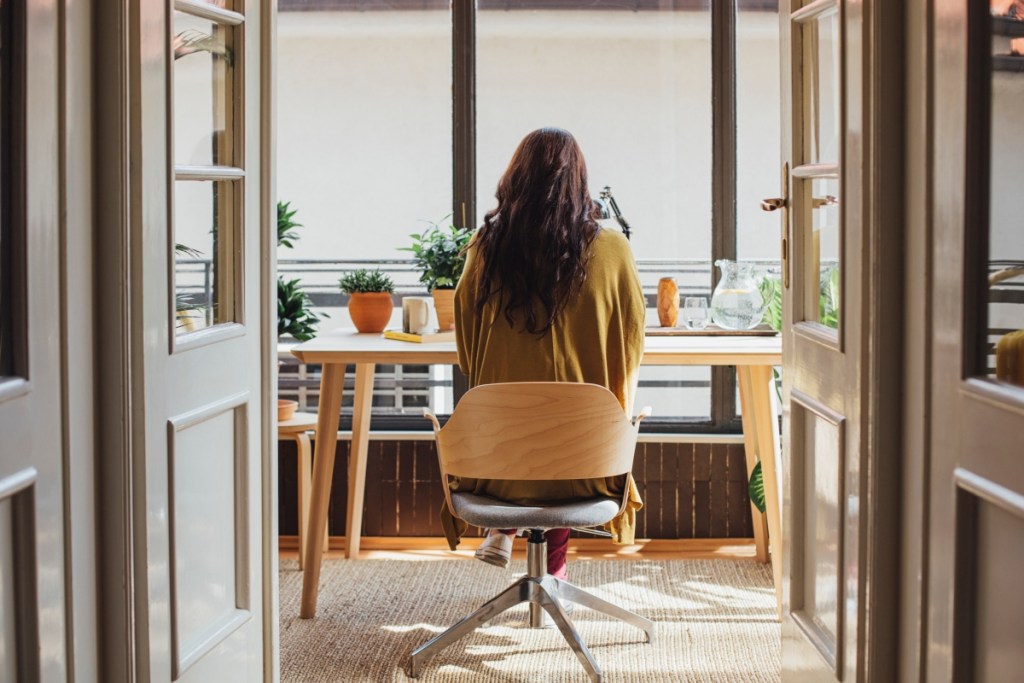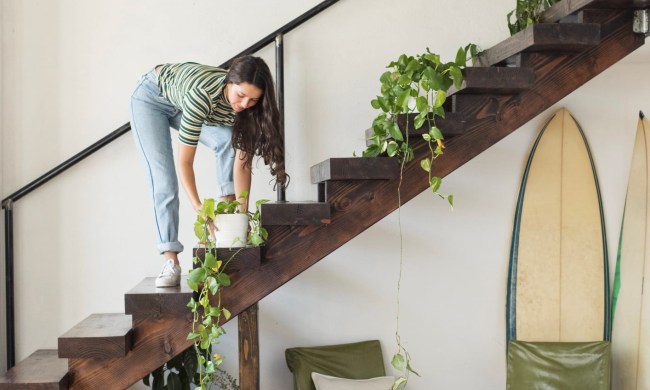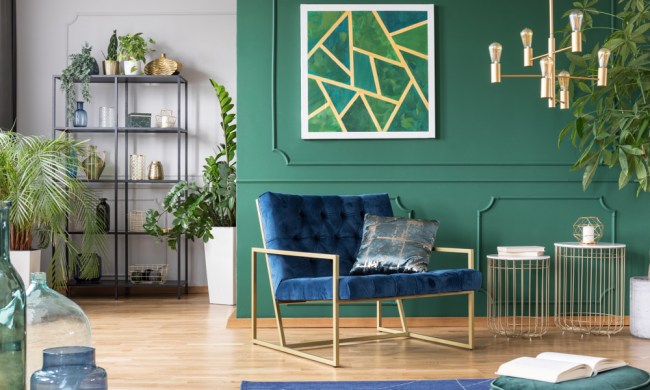Flexible home design is the newest trend among homeowners and designers alike. With more and more people working from home this past year — and many working from home indefinitely — many homeowners have learned that having flexible spaces is essential.
Inviting more mobility and utility into our daily lives, flexible home design has transformed how we view our spaces and implement functionality into our design. If you’re new to this trend or are looking for inspiration on achieving flexible design in your own home, we’ve got all the tips and tricks you need to know.
What is flexible home design?
Flexible home design is the creative use of multipurpose furniture, mobile pieces, and dual-functional appliances to help create more ease in your home. Whether you focus on the dining room, office, or living room, nearly any space in your house can be upgraded to suit this new trend.
Flexible home design aims to reduce clutter and maximize the space available. Additionally, this trend is all about getting the most out of your furnishings and appliances, often seeking dual-purpose items that can help you save space and create a much more functional room.

What are the benefits of this home design trend?
There are several benefits to implementing this home design trend into your home. And whether you live in a grand suburban home or a quaint apartment, you can take advantage of flexible home design.
Dual-purpose
One of the highlights of this trend is that flexible home design focuses on dual-purpose furniture. Items like Murphy beds, pull-out sofas, and multipurpose appliances are the basis of this trend. This is because these items add more flexibility and functionality to your space. Rather than cluttering your room with several different pieces or struggling to find a solution to your guest’s sleeping arrangements, dual-purpose furniture solves two problems in one.
Mobility
Another facet of flexible home design is the use of mobility in your space. Pieces like mobile office chairs, adjustable height desks, and kitchen carts are a few examples of items that offer mobility to your home. Mobility helps you create greater ease of accessibility and functionality to your design. By making your furniture portable, mobile, or adjustable, you can cater your environment to your needs at any given time.
Save space
Another reason many homeowners are jumping into this trend is that it saves space. A big part of flexible home design is optimizing storage, hiding clutter, and taking advantage of multipurpose furniture. For example, hiding visual clutter in TV armoires, utilizing Murphy bed storage, and using appliances with dual-functionality can help limit the amount of furniture and other items sitting in your room.

Ways to incorporate flexible home design in your home
If you think flexible home design is a perfect fit for your home, you’ll want to know the best ways to incorporate it into your space. Flexible home design is all about creatively storing your items and taking advantage of functionality. So, here are some of our favorite ways to include it in your design.
Get a Murphy bed or futon sofa
An easy way to invite flexible home design into your bedroom or living room is through the use of a Murphy bed or futon sofa. In the living room, pull-out sofas and futons can add additional seating and space for relaxing for movie nights, game nights, and guest visitation. They’re easy to use, practical, and often compact, meaning they’ll save you space when you need it.
Additionally, having a futon or hideaway bed in your office can provide you with the shelving and storage you need in the daytime and an extra guest bed in the evening. Or, go all out and use the bed for yourself. This is especially beneficial for apartments that lack extra space.
Have an adjustable desk
Adjustable and pull-out desks can be transformational for your at-home studies or work-from-home environment. Adjustable desks give you the opportunity to create more mobility in your design by allowing you to choose between standing or sitting when doing your work.
Alternatively, pull-out desks remain hidden when not in use. Whether as a countertop extension, wall shelf fold-out, or a mobile cart, pull-out desks can help you save space when you aren’t using them.
Use a TV armoire
TV armoires are a hot item right now. Homeowners are ecstatic about this multipurpose piece of furniture. With space to store your clutter, hide your TV when not in use, and the decorative features of the doors, TV armoires are more than just fashionable pieces of decor.
Hiding TVs away has quickly become a fun trend and allows homeowners the opportunity to experiment with a more vintage and sophisticated design. If you’re looking for additional storage, functionality, and the ability to hide visual clutter, this is one of the best ways to utilize flexible home design.
Flexible home design is all about mobility, storage, and adjustability to help you maximize the use of your space as best as possible. Try including multipurpose furniture, pull-out features, and hidden storage into your design. Don’t forget to take advantage of rolling carts, swivel chairs, and adjustable seating as well. Flexible design is ideal for nearly any space looking to optimize the pieces within the home.



